Each month of 2025 will have a nature theme guiding my outdoor explorations and my reading. In January, the theme is Winter trees.
Hi readers! I have been spending quite some time looking at trees this month. Winter1 is the season for nature to slow down, and the trees are no exception. During some of my walks, the forest seems grey and enormously quiet; the branches carry snow; there is no smell, no sound. A quote I marked in “The Wood: The Life and Times of Cockshutt Wood” by John Lewis-Stempel2 says,
In early winter, in solitude and great empty skies, they [the trees] have no more botany than stone.
And yet, the more I am around the winter trees, the more they feel alive to me. I notice their colourful buds and the catkins some species carry, already waiting for the reproductive season. I wonder: How are the trees able to withstand the cold, how do they know when to wake up again? And to what extent can they perform their important function of storing carbon while they are resting? What are the trees actually doing in winter? Here are the results of my research3!
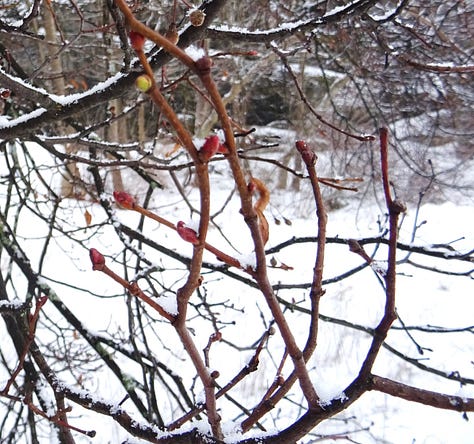
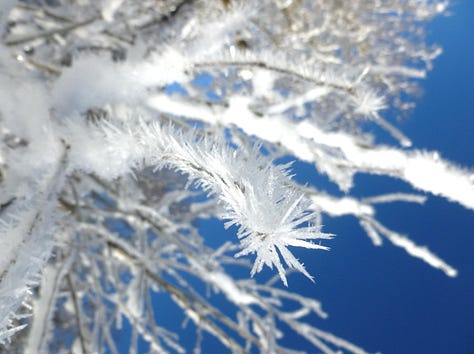
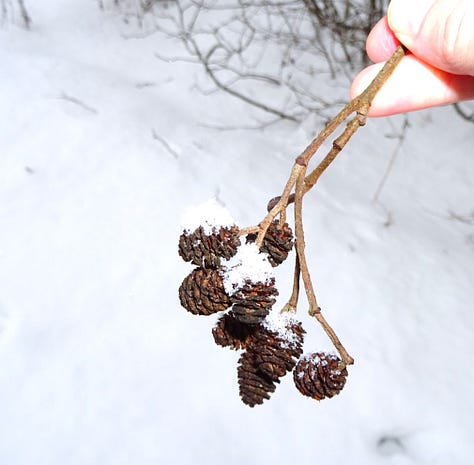
Do winter trees…
Take a break?
Yes. They reduce their activity, use little energy and maintain only basic functions (just like us when we have a break). However, the trees don’t need rest because they are “exhausted” after a wild summer – instead, the ingredients for activity are simply hard to come by in winter: Water is not available when the ground is frozen, and there is little sunlight (which trees need for energy production via photosynthesis). And ice crystals easily damage active tissues. So, rest (“dormancy”) is the best strategy – the leaves are dropped, and the tissue that will form new growth in spring is packed away under protective bud scales. Even conifers, many of which retain their needles, enter a stage of rest.
Grow?
No. During their period of rest, trees do not grow significantly. In the wood, the cessation of growth during winter is marked by the often sharp transition from dark (late summer/autumn) to light (spring) growth rings. The roots may grow slightly if the ground isn’t frozen though, particularly in coniferous trees.
Drink?
Yes, but only a little. Trees require water to maintain their tissues. If the ground isn’t frozen, they can take up small amounts of water from the soil. But they need a lot less water than during the growing season.
Respire?
Yes. Animals are not the only creatures that respire – plants do as well. Respiration is the process that combines oxygen with sugar molecules (which contain energy) to release energy, generating water and CO2 as byproducts. And energy is needed for a huge number of processes, such as transporting molecules, growing, or repairing damage. Because trees are not completely resting in winter – they are still alive and maintaining their tissues – they need energy, and so they respire, just like we still breathe when we’re asleep.
Capture carbon?
Wait a minute… If trees respire (produce CO2) in winter, but do not photosynthesise (take up CO2), how can they be those amazing carbon sinks people keep talking about? In winter they indeed aren’t (so the answer is No). That’s why atmospheric CO2 levels slightly go up when it’s winter in the Northern Hemisphere, where most trees are located4. However, carbon captured during previous growing seasons is still stored in the trees’ tissues. And the amount of carbon each tree stores when growing in spring/summer is larger than the amount it releases over the whole year. So, the net effect is still that growing trees capture carbon – it just doesn't happen in winter.
Freeze?
Mostly No. Animals have various strategies to avoid freezing, including using energy to maintain a constant body temperature or moving to a lovely warm place, such as a house. Trees cannot adopt either strategy, so do they just freeze? No – trees need to avoid freezing too, as ice crystals would damage them. One strategy is the tree’s bark: It forms an insulating layer. In addition, trees accumulate salts and sugars in their cells, while moving water out. The result is a thickened fluid inside the cells – and this decreases the freezing point compared to water, protecting the cells. Trees adapted to cold climates can even produce specific antifreeze proteins. However, sometimes parts of trees do freeze. Some tissues, such as the xylem used for water transport, contain already dead cells, where freezing isn’t as harmful (similar to when our hair or beards freeze).
Feel what’s going on?
How deeply do the trees rest? Would they be “woken up” if conditions changed, for example, by a few warm days in the middle of winter? Yes and No – this is a bit complicated and quite interesting! In the first phase of rest (typically induced by the nights getting longer in autumn), the trees cannot be woken up by temperature changes. The goal is to avoid becoming active before spring really arrives. However, the trees nevertheless keep track of the temperature – they “know” for how long it has been cold in total (this is called chill accumulation)! And only once it has been cold for a certain amount of time, they are “wakeable” by higher temperatures again. Then, sugars stored in the roots will rise to the crown, buds will open, and the tree will start to grow. In other words, many trees first need the winter cold in order to re-start their growth in spring.
Wake up early?
If trees wake up when it gets warm in spring, does that mean that with climate change, they wake up earlier? Mostly Yes. Some species might in fact wake up later – that can happen when chill accumulation isn’t sufficient in a warm winter. However, studies in Europe indicate that most plants are starting their spring activities earlier now than they used to, responding to the earlier rise of spring temperatures5. This altered timing can be a problem: Trees might be damaged if the frost does return6. And if their new flowering time does not coincide with the activity of pollinators, they might run into problems with reproduction (pollinator activity may also be affected by climate change, but not in exactly the same way as tree activity – everything is complex in nature!)7.
Need our support?
Yes. One could think that climate change and milder winters would make life easier for trees. But trees have adapted to their local climate – they can handle a cold winter and even need it, as mentioned above. Hotter, drier summers generate additional stress. On the other hand, there are some guys that benefit from the climate crisis: Forest-damaging insects! Species such as bark beetles reproduce faster in higher temperatures, and some species expand their geographical range, attacking trees that were previously safe. We cannot protect each tree individually from all these increasing challenges – and so, a good approach for helping trees is to help slow down the climate crisis. Of course, it’s also a good idea to sign petitions and advocate for the protection of forests. Environmental organisations such as the WWF run large-scale campaigns against deforestation. And supporting local initiatives against road or airport expansions can be very rewarding.
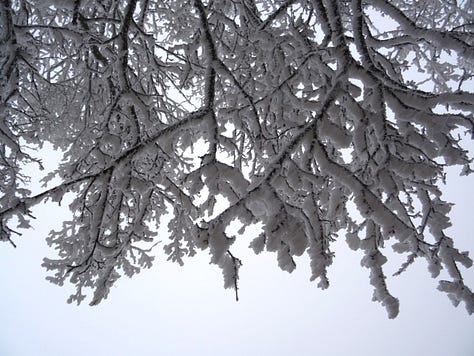
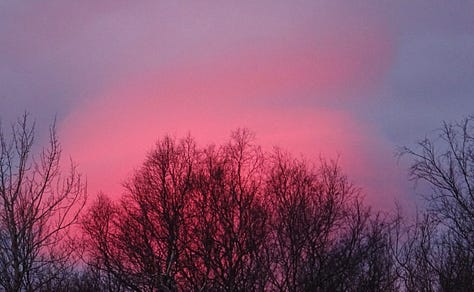
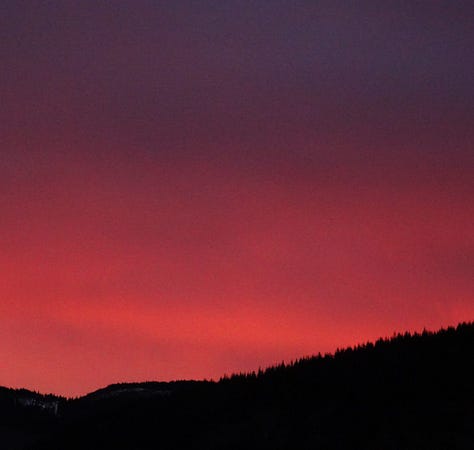
I hope there was something new for you in this post – and that you can spend some time among the not-completely-inactive trees this winter!
Enjoy the rest of the weekend,
Hannah
A few useful resources (in addition to those in the footnotes):
IPCC (2022) Climate Change 2022: Impacts, Adaptation and Vulnerability. Contribution of Working Group II to the Sixth Assessment Report of the Intergovernmental Panel on Climate Change, https://www.ipcc.ch/report/ar6/wg2/ (esp. Chapter 2.4.2.4)
Kovaleski, AP (2024) The potential for an increasing threat of unseasonal temperature cycles to dormant plants, https://nph.onlinelibrary.wiley.com/doi/10.1111/nph.20052
Nilsson, O (2022) Winter dormancy in trees, https://www.sciencedirect.com/science/article/pii/S0960982222005802
The text will mostly refer to trees in temperate climates.
This is one of the books I chose for my “winter tree reading” – a short review will follow soon!
I have a background in biological sciences, so maybe one would expect me to know all this… But alas, biology is a vast field, and my degree was focused on other areas. Reading up on this topic makes me realise how little we learned about trees and the nature surrounding us! If you are a tree specialist and have any additions or corrections, they are very welcome.
Menzel, A. & Fabian, P (1999) Growing season extended in Europe, https://www.nature.com/articles/17709
Bigler, C. & Bugmann, H (2018) Climate-induced shifts in leaf unfolding and frost risk of European trees and shrubs, https://www.nature.com/articles/s41598-018-27893-1
Freimuth, J. et al. (2022) Climate warming changes synchrony of plants and pollinators, https://royalsocietypublishing.org/doi/10.1098/rspb.2021.2142


This is so interesting! But I'm wondering about buds, and which point in winter do the trees start to make buds, if they are resting and not growing during the season? I'd imagine that budding and making the leaves and flowers in the buds is quite energy intensive.
Really interesting and informative. Thank you!